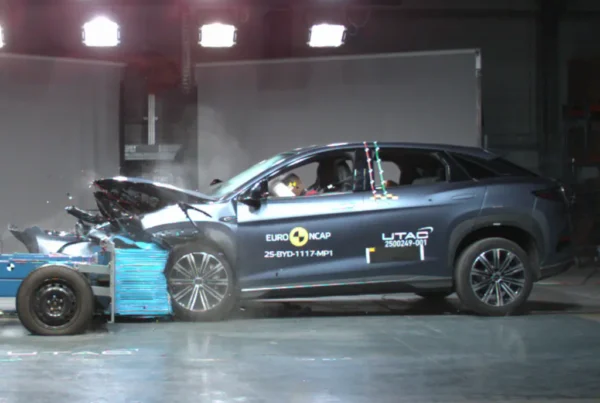October 2024 has marked one of the strongest months for new vehicle sales in New Zealand, with 12,571 new units sold. According to the Motor Industry Association (MIA), this makes it the second-highest month for sales this year, following closely behind January by only 78 units.
Although this month’s sales were 2.9 per cent (373 units) lower than year-on-year, the trends indicate stability in key market segments along with shifting buyer preferences.
MIA Chief Executive Aimee Wiley said there is a noticeable shift in vehicle category trends in New Zealand. “The October data revealed distinct patterns across vehicle categories, reflecting the market’s evolving dynamics,” she noted,
Light Passenger Vehicles
There were 9,506 light passenger vehicle registrations in the light passenger segment. This is a 5.5 per cent drop compared to least year and an 11.7 per cent drop compared to October 2022. Year-to-date sales are down 21.2 per cent compared to 2023 (down 19,202 units) and 23.5 per cent lower than 2022.
Rental companies made up the biggest share of this segment with 36.5 per cent (3,467 units), followed by businesses at 33.5 per cent (3,189 units), and private buyers at 29.1 per cent (2,762 units).
The top-selling models in October were dominated by SUVs, with the Toyota RAV4 leading at 1,354 units, followed by the Kia Seltos (544 units), and Mitsubishi ASX (537 units).
SUVs dominated the light passenger market with 83.8 per cent market share. The most popular are medium SUVs with 3,426 units sold (36 per cent market share), followed by compact SUVs with 3,355 units sold (35.3 per cent of the market), and then large SUVs with 1,048 units sold (11 per cent of the market).
Electric and Hybrid vehicles have become more popular this month. The top-selling Battery Electric Vehicles (BEVs) included the Ford Mustang Mach-E with 143 units, followed by the BYD Atto 3 (59 units), Tesla Model Y (48 units), MG 4 (35 units), and Volkswagen ID.5 (34 units).
For Plug-in Hybrid Electric Vehicles (PHEVs), the Mitsubishi Eclipse Cross led with 124 units. The Skoda Superb (37 units) came in second followed by the BYD Sealion 6 (28 units). The Mitsubishi Outlander (26 units) and Cupra Formentor (10 units) rounded out the top five.
In the Hybrid Electric Vehicle (HEV) category, the Toyota RAV4 was the top performer with 1,354 units. The Toyota Corolla Cross came in second with 215 units, followed by the Ford Puma with 183 units, the Toyota Yaris Cross with 180 units, and the Toyota Corolla with 176 units.
Light Commercial Vehicles
Light commercial vehicle registrations increased by 8.4 per cent, reaching 2,379 units. However, the number was still 878 units lower than October 2022. Year-to-date, light commercial vehicle sales have grown by 3 per cent (823 units) compared to 2023.
The top-selling light commercial vehicles were the Ford Ranger (732 units), Toyota Hilux (652 units), and Mitsubishi Triton (251 units). Most buyers of light commercial vehicles were businesses, making up 75.1 per cent of sales. Private buyers followed at 17.5% and rental companies at 7.4 per cent.
Traditional petrol and diesel vehicles still make up most of the light commercial vehicle sales. They continue to hold a dominant position in the market. However, Battery Electric Vehicles (BEVs) are starting to make an impact. In October, 7 BEVs were sold, bringing the total for the year to 158.
Heavy Commercial Vehicles
Heavy commercial vehicle registrations dropped by 1.4 per cent compared to last year, with 686 units sold. However, year-to-date registrations have increased by 7.8 percent compared to 2022.
Mercedes-Benz was the top-selling brand in the heavy commercial sector. The Mercedes-Benz Sprinter lead the market at 134 units, followed by the Iveco Daily and Isuzu Trucks N Series. Businesses also dominate this sector, making up 57.4 per cent of sales.
The MIA notes that October’s vehicle registration data shows stability in core segments, along with emerging trends that highlight a gradual shift in the market. LCVs are gaining popularity, while light passenger vehicles LPVs continue to lead. This suggests the industry is adjusting to changing consumer preferences and economic factors.
Did you find this article interesting? Click the ‘heart’ button above to give it a ‘like’!



















